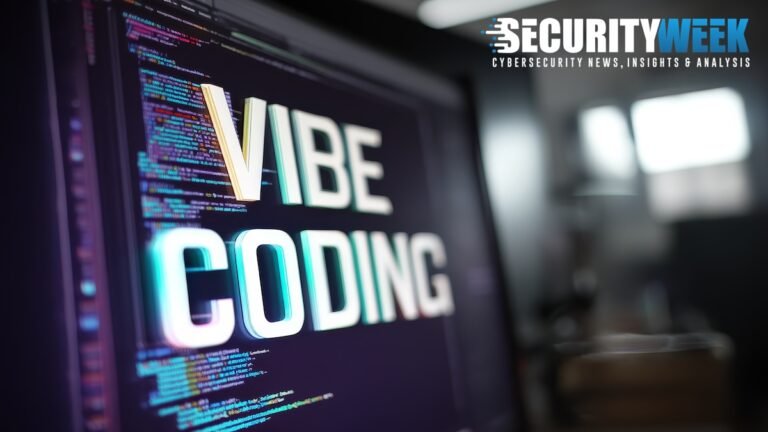Summary Points
-
Vibe Coding Revolution: Introduced by Andrej Karpathy, vibe coding democratizes software development by allowing users to describe their software needs in natural language, enabling rapid program creation without traditional programming skills.
-
Strengths and Weaknesses: While vibe coding accelerates prototyping and reduces costs, it also introduces security risks and vulnerabilities due to its reliance on AI-generated outputs, which can produce incorrect or insecure code.
-
Quality vs. Speed: The balance between rapid code generation and maintaining high-quality, secure software is critical, as the speed of vibe coding can lead to increased vulnerabilities if not properly managed.
- Future of Programming Jobs: The rise of vibe coding means more individuals can develop software, but it may lead to fewer full-time developers for complex applications, shifting the emphasis from coding artistry to ideation and outcome definition.
The Issue
On February 2, 2025, Andrej Karpathy, co-founder of OpenAI, released the term “vibe coding” in a tweet, positing that this approach would revolutionize the software development landscape by allowing individuals to communicate their software needs using natural language. This method leverages AI, particularly large language models (LLMs) like GPT and Claude, to transform user ideas into operational code, democratizing software creation. Unlike traditional coding, vibe coding relies heavily on accurate context input from the developer to navigate the intricacies of software design, thus enabling even those without programming expertise to become effective developers. However, this paradigm shift has inherent challenges, including the proliferation of potential security vulnerabilities introduced by inexperienced coders and the acceleration of coding speed that may compromise quality.
Various industry experts, including Casey Ellis from Bugcrowd and Nicole Carignan of Darktrace, voiced caution regarding the rapid adoption of vibe coding, highlighting risks such as increased code vulnerabilities and the necessity of a “human in the loop” to mitigate errors. While vibe coding fosters unprecedented accessibility and efficiency, it demands that users possess a fundamental understanding of programming principles to ensure high-quality output. Ultimately, as vibe coding continues to evolve, it may equally diminish the role of traditional developers while simultaneously empowering a broader demographic to innovate, thus catalyzing a transformation in how software is conceived and produced.
Potential Risks
The advent of vibe coding, which enables anyone to develop software by simply articulating ideas in natural language, presents substantial risks to other businesses, users, and organizations. This paradigm shift could lead to a surge in poorly constructed code, rife with security vulnerabilities, as non-experts may inadvertently deploy malicious configuration files or overlook fundamental programming principles. As the velocity of code production accelerates—driven by the convenience and speed of vibe coding—there is an increased probability of flaws, which can proliferate rapidly through interconnected systems, putting entire ecosystems at risk. If these vulnerabilities are exploited, they could result in serious ramifications, including breaches of sensitive data, financial losses, and a general erosion of trust in software systems. Organizations that fail to adapt to this new reality, or those that underestimate the importance of robust oversight in AI-assisted coding, may find themselves unprepared for the multitude of potential threats, thus jeopardizing not only their operational integrity but also their competitive standing in an increasingly digital marketplace.
Possible Actions
In the evolving landscape where every individual can assume the role of a developer, the significance of timely remediation in securing code becomes paramount. As the lines between end users and developers blur, the potential for vulnerabilities escalates, necessitating proactive measures to safeguard software integrity.
Mitigation Steps
-
Code Reviews
Enforce regular code audits to identify and rectify weaknesses early. -
Automated Testing
Implement automated solutions to consistently scan for vulnerabilities during development. -
Training Programs
Conduct ongoing security training for all developers, emphasizing best practices. -
Access Controls
Establish stringent access permissions to limit code modification based on need. -
Version Control
Utilize robust version control systems to track and manage changes effectively. -
Threat Modeling
Engage in proactive threat modeling sessions to foresee potential security concerns. - Incident Response Plans
Develop and regularly update incident response protocols for swift action upon detecting vulnerabilities.
NIST CSF Guidance
The NIST Cybersecurity Framework (CSF) underscores the necessity of integrating security at all stages of the software development lifecycle. For detailed frameworks on securing software, it is recommended to refer to NIST Special Publication 800-53, which outlines security and privacy controls specifically tailored for information systems and organizations.
Continue Your Cyber Journey
Discover cutting-edge developments in Emerging Tech and industry Insights.
Explore engineering-led approaches to digital security at IEEE Cybersecurity.
Disclaimer: The information provided may not always be accurate or up to date. Please do your own research, as the cybersecurity landscape evolves rapidly. Intended for secondary references purposes only.
Cyberattacks-V1

